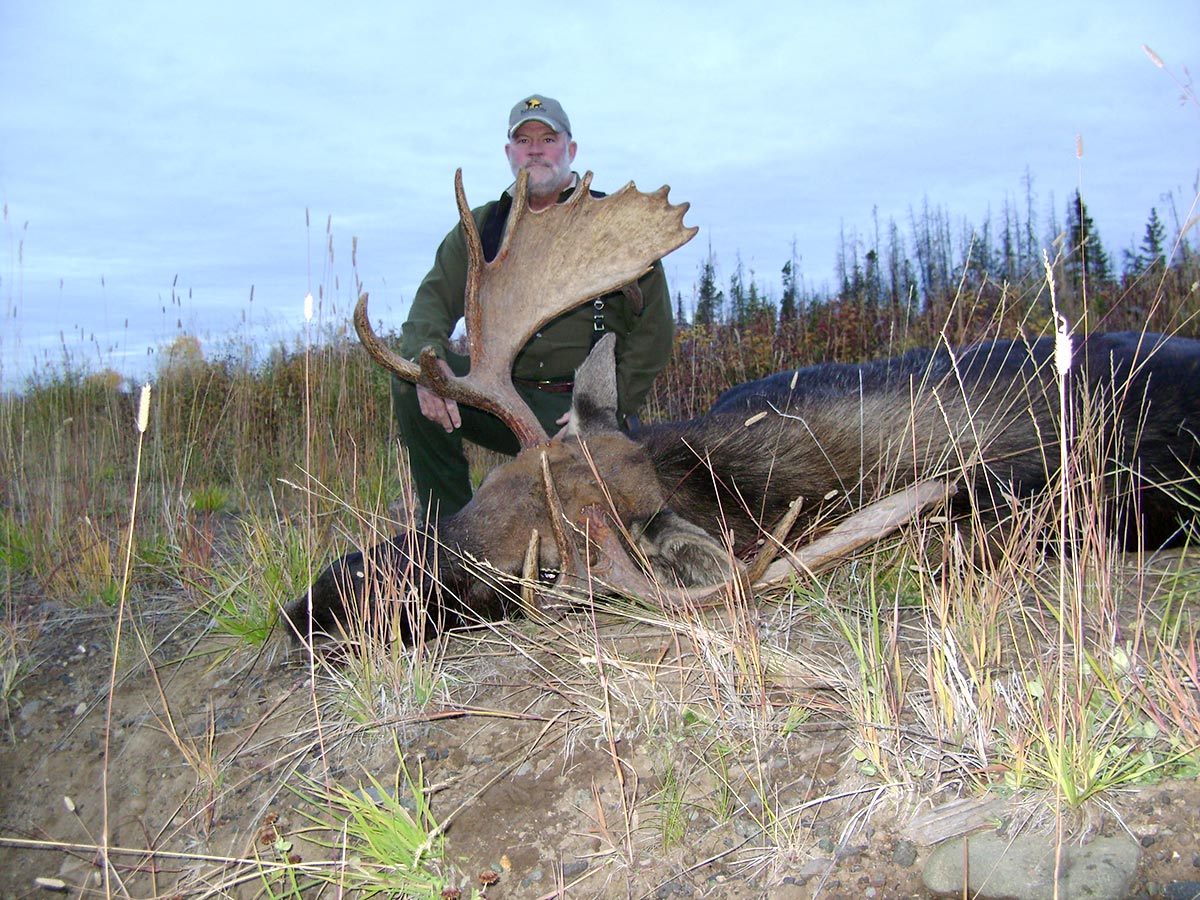NEWS POSTS AND HUNTING INFORMATION

Field Dressing an Animal Once Harvested
From the very moment you harvest an animal, certain steps should be taken to ensure the meat doesn’t spoil or toughen up. For example, a deer’s four chambered stomach will start the fermentation process of the entire body. The stomach generates and releases a gas which deteriorates the visceral tissue, spoiling the meat’s quality. There are potential risks for foodborne pathogens to contaminate the meat. Contamination of meat is commonly related to the manner in which the animal was dressed and handled. Field dressing an animal properly is a crucial step in caring for your harvest.
Below is a basic list of dressing and cleaning supplies one will need for field dressing an animal:
- Hunting knife
- Bone saw
- Whetstone or steel for sharpening
- Rope
- Plastic bags
- Disposable plastic gloves
- Paper towel
- Fresh water
- Cooler of ice
Tips for Field Dressing an Animal
- Make sure you keep your knife clean, do not place it on the ground during use. The same goes for your hands; if you do not have disposable gloves, make sure to wash your hands thoroughly before and after dressing.
- There are a number of different techniques used in field dressing an animal, with most differing in the size of the incision made to remove the intestines. Many videos, books, or step-by-step guides can be found detailing how to perform the process correctly.
- Rope can be used to tie one of the animal’s legs to a tree, which will help hold the carcass in place for field dressing.
- Remove the entrails, especially the heart, lungs, liver, and intestines as soon as possible. Dressing the animal quickly will ensure rapid loss of body heat, preventing surface bacteria from growing.
- Wash out the inside of the carcass with water, then try and remove as much excess moisture as you can with paper towel.
- Treat the entrance and exit wound of the animal, as to prevent flies and other insects from entering the cavity. Also, be careful not to let dirt or outside moisture enter the inside of the cleaned cavity.
Temperature Control
In order to maintain the best quality of the meat, special care needs to be taken to cool the animal as soon as possible. Chilling the carcass will help prevent the rapid growth of bacteria. Propping the body cavity open with clean sticks will allow for adequate air circulation. However, only follow this technique if the air outside is cool. If the temperature is above five degrees celsius, pack the body cavity with bags of either ice or snow, and tie the cavity shut to secure their placement. When transporting the animal, do not place the carcass on the roof or hood of your vehicle. This is to prevent possible heat exposure from sunlight or vehicle’s engine. As well, do not put the carcass in the trunk of your vehicle if it is still warm.

